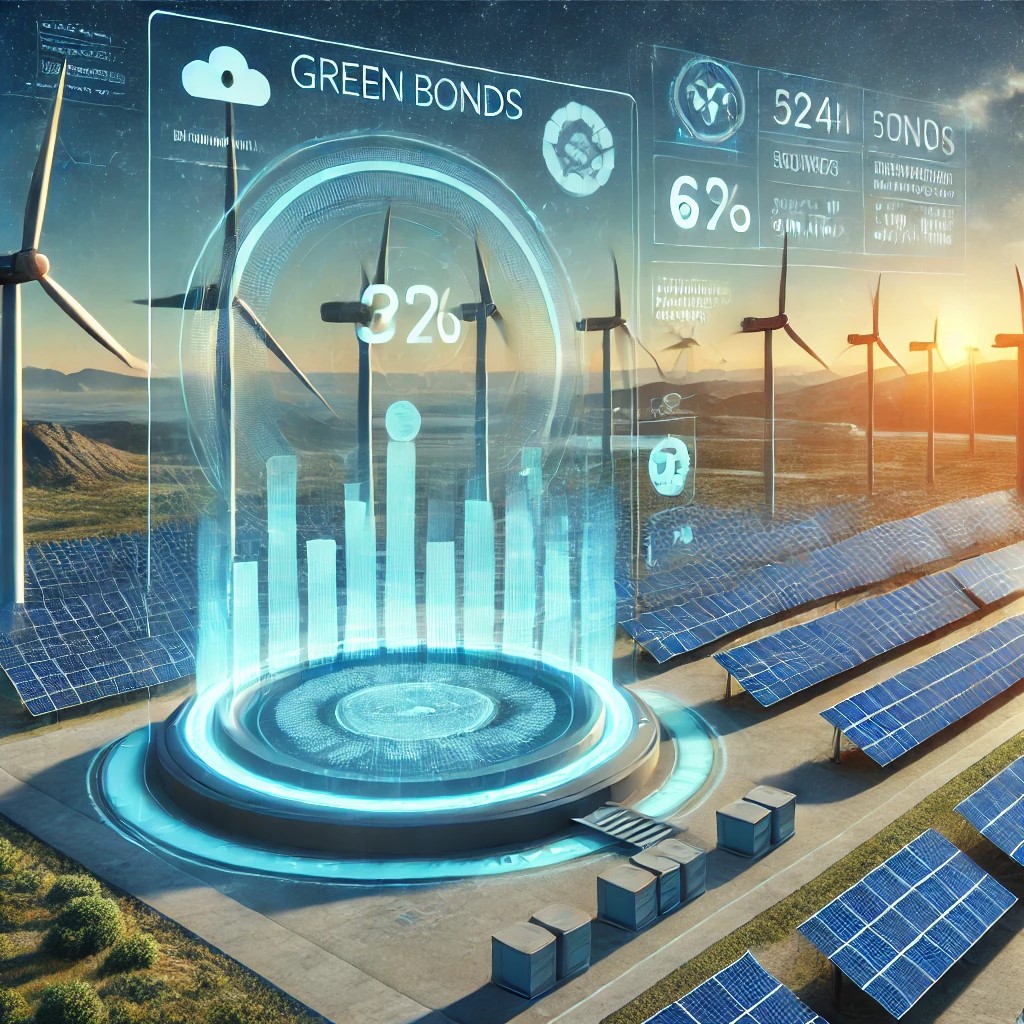The shift towards green energy is essential for addressing climate change and ensuring sustainable development. However, financing green energy projects comes with its own set of challenges and opportunities. This article explores the current trends in green energy financing, the hurdles that need to be overcome, and the promising prospects for the future.

Current Trends
Rise of Green Bonds
Green bonds have become a popular financing tool for green energy projects. These fixed-income securities are designed to raise capital for projects that have positive environmental benefits. The market for green bonds has grown significantly, driven by investor demand for sustainable investments. Governments, corporations, and financial institutions are increasingly issuing green bonds to fund renewable energy projects, such as solar and wind farms.
Increased Private Sector Involvement
Private sector investment in green energy has surged, with corporations recognizing both the ethical and economic benefits of sustainable practices. Major companies are investing in renewable energy to reduce their carbon footprints and to appeal to environmentally conscious consumers and investors. Additionally, venture capital and private equity firms are funding startups that are developing innovative green technologies.

Challenges
High Initial Costs
One of the primary challenges of financing green energy projects is the high initial capital investment required. Building renewable energy infrastructure, such as wind turbines and solar panels, involves significant upfront costs. This can be a barrier for small and medium-sized enterprises (SMEs) and developing countries with limited financial resources.
Opportunities
Innovative Financing Mechanisms
Innovative financing mechanisms, such as crowdfunding and green banks, are emerging to support green energy projects. Crowdfunding platforms allow individual investors to contribute small amounts of capital to renewable energy projects, democratizing the investment process. Green banks, on the other hand, are public or quasi-public institutions that provide low-cost financing for clean energy projects, leveraging private capital to multiply the impact of public funds.
Growing Investor Demand
There is a growing demand for sustainable investments from both institutional and retail investors. Environmental, social, and governance (ESG) criteria are becoming increasingly important in investment decisions. This shift is driving more capital towards green energy projects, providing a robust funding pipeline.

Future Predictions
Expansion of Green Finance
The market for green finance is expected to continue growing. New financial instruments, such as sustainability-linked bonds and green mortgages, will further support the development of green energy projects. Financial institutions will increasingly integrate ESG considerations into their lending and investment practices.
Increased Collaboration
Collaboration between governments, the private sector, and financial institutions will be crucial for scaling up green energy projects. Public-private partnerships (PPPs) and international cooperation will play a key role in mobilizing the necessary capital and expertise.
Conclusion
Financing green energy projects presents both challenges and opportunities. While high initial costs, regulatory uncertainty, and technological risks pose significant hurdles, the rise of innovative financing mechanisms, growing investor demand, and technological advancements offer promising prospects. By navigating these challenges and leveraging the opportunities, stakeholders can drive the growth of green energy and contribute to a more sustainable future.





